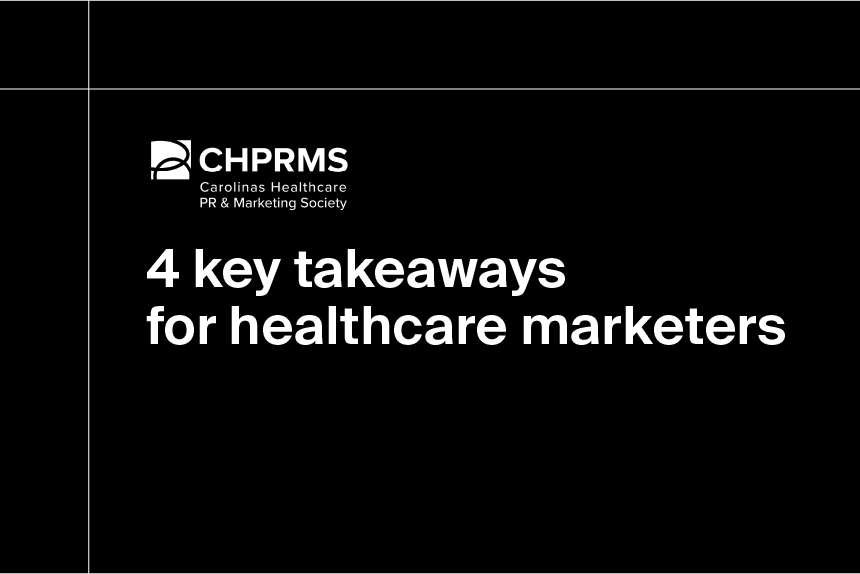Has your doctor seemed tired lately?
(Or, at least, more tired than usual.)
As if it weren’t enough to deal with ongoing staffing shortages, an impending retirement bubble, and cuts to federal funding for medical research and training, the average healthcare professional is working longer hours.
According to Kaufman Hall’s Physician Flash Report, physician productivity—as measured by work relative value units (wRVUs)—was up 8% year over year in the fourth quarter of 2024. The median pay for physicians was also up 8% and overall investment per physician rose 5% year over year.
So doctors are working a little more and making a little more. What’s the issue?
Provider productivity goes up, revenue goes down—but why?
While physicians are clocking more time, the Kaufman Hall report suggests they’re generating slightly less revenue with that extra effort.
As measured in Q4 2024, net patient revenue per wRVU fell 1% from 2023 and 2% from the start of the year. While these dips are far from extreme, the trend points to an operational challenge: Greater investments in labor aren’t necessarily translating to a stronger bottom line.
A variety of factors could be driving the disconnect between rising productivity and declining revenue generation.
For starters, it’s worth examining how care professionals are spending that extra time on the clock. Generally speaking, physicians are spending more time on administrative tasks such as managing electronic health records (EHRs) and less time providing care to patients. A 2016 study found that the average doctor spent nearly half their day in an EHR or doing desk work, and just over a quarter of their time providing face-to-face care.
It’s also likely that operational costs are rising and offsetting revenue gains. Inflation, labor scarcity, and tariffs are pushing the costs of medical supplies, salaries, and other overhead factors higher, cutting into providers’ margins.
The dominant compensation model is beginning to show its age, too. Under the current fee-for-service model, providers are incentivized to deliver more services rather than more effective ones, driving up the cost of care without necessarily delivering proportional value to the patient.
Don’t discount the value of labor
Even if labor investments are seeing diminished returns on revenue, they can still provide other measurable benefits.
For example, when Atlanta-based care network Emory Healthcare found itself facing an employee turnover crisis (and, subsequently, spiking contract labor costs) in 2023, the system directed $150 million toward boosting the salaries of 80% of its employees.
As a result, Emory’s contract labor reliance fell from around 25% to below 15%, and the system’s turnover rates dropped below 2019 levels.
While contract labor often provides a necessary stopgap solution in the face of staffing shortages or spikes in demand for services (such as those faced during the COVID-19 pandemic), it’s an expensive one.
A travel nurse, for instance, may make around 15% more on average than their staffed peers. But with agency fees, housing stipends, and onboarding costs to contend with, the provider hiring them could easily spend more than double what they would on a staff member.
When there’s high patient demand and limited staff to provide care, health systems will do what it takes to fill the gaps. But as demand normalizes post-COVID and systems have less of an acute need for contract labor, investing in staff retention, local talent development, and in-system float pools can improve staffing resiliency and cut long-term operational costs.
Just this year, the Guthrie Clinic, a Pennsylvania-based health system with 10,000 employees, invested in its labor force with a suite of new benefits including a minimum raise hike, paid parental leave, a diabetes care incentive, and an additional floating holiday.
While it’s too early to judge the impact of the investment, the decision to ramp up labor spend reflects the vital importance of attracting and retaining skilled staff—especially in rural and underserved areas, like Sayre, PA, where Guthrie Clinic is headquartered.
Making healthcare labor investments go further
Getting more productivity per staffing dollar is a win, no doubt. But health systems can employ additional measures to ensure their investments in labor boost revenue, too:
- Technologies like artificial intelligence and natural language processing can help physicians and nurses spend more time with patients (where they want to be and where they provide the greatest value) and less time taking notes, appending records, and reviewing diagnostic images.
- Leveraging strategic partnerships along with technologies like telehealth, automated scheduling, and AI assistants can free up personnel, improve patient throughput, and ultimately reduce the administrative burden on a system.
- A shift toward value-based care and away from fee-for-service reimbursement can not only help diversify revenue streams but also improve patient engagement and outcomes, reducing costly admissions for emergency care.
Implementing new technology, identifying ideal targets for partnership or recruitment, and reorganizing revenue streams are all complex processes that will likely require cross-functional cooperation and buy-in from multiple stakeholders.
Real-world data and analytics from Definitive Healthcare can help you build a strategy, communicate it to critical teams and stakeholders, and then execute it while aligning every function around a single source of truth.
Want to see how we can help you make your operational budget go further? Sign up for a free trial today.




